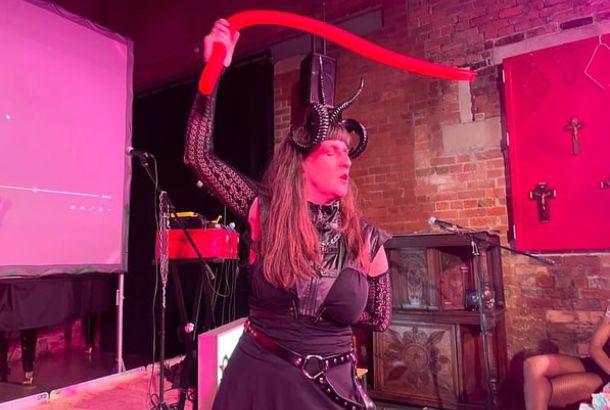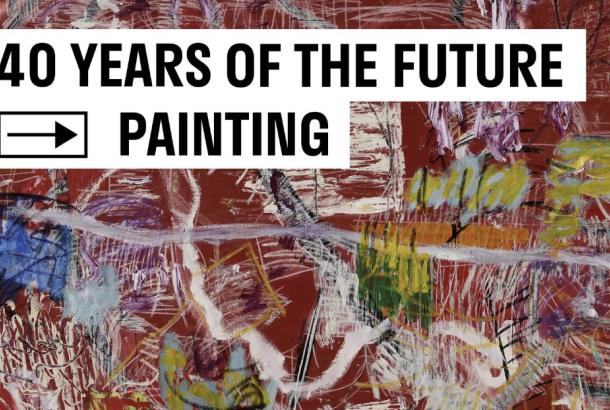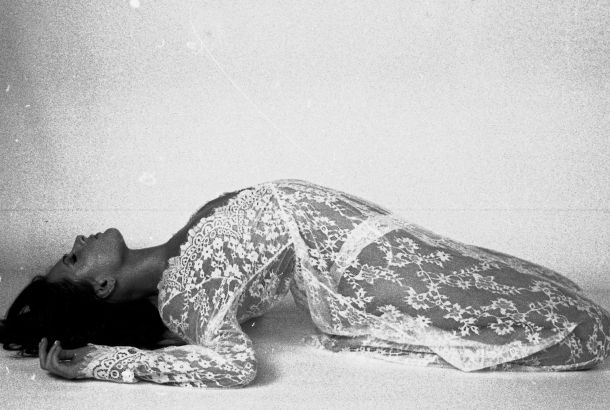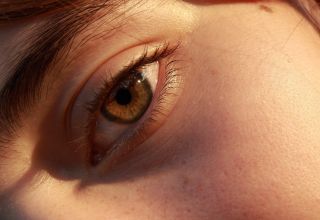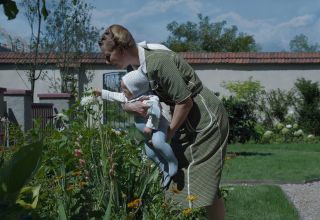“Most of all, I’m an observer” – The career of Richard Kelly in his own words
By Owen Scott

Following Richard Kelly’s hit exhibition in Manchester, A Time and Place, I sat down with the artist to discuss his exhibition. Kelly is a photographer who, it seems, has always been in just the right place, at the right time, throughout British indie history. He’s worked with the Arctic Monkeys, Amy Winehouse and Florence + The Machine, so there was a lot to delve into.
I started by asking about his creative process. Kelly revealed, “I have a clear creative process. I consider myself an observer. I want a band to be relaxed enough that they are just themselves. Without being pretentious, I would hate to turn up with ideas and direct them – I want to get a feel for them. That way I know whether they want to do something weird.”
That’s an ethos that applies to all of his work. Kelly is keen to place the artist or musician as the centrepiece of the photo. “It’s like that Amy Winehouse picture,” he said, “at that point, I was almost invisible to her. I don’t want to be part of the scene, I want to be an observer.”
Each of the photographs on the wall beside us had a story to them. Perhaps one of the most fascinating was the story behind his portrait of Pete Doherty. “He had actually just split up with Kate Moss at the time and I took that photo without him knowing at first,” he said, describing the photo to me. “I like to take pictures, show them to an artist and then they relax.”
I asked him the obvious question: does he have a favourite? He said he wasn’t sure: “I’ve looked at them all so long, I forget. Maybe the one of Alex Turner looking out to the crowd.”
When Kelly was 23, working on his documentary art degree, he would photograph raves on a weekend and, eventually, his work landed him a job photographing clubs for Mixmag and eventually Dazed and Fuse. Gradually, he was asked to photograph a new band, the Arctic Monkeys.
When you visit the exhibition, look for the photograph of the band in the yellow room – that’s the first picture Kelly took of the band. “You could just tell they were special,” Kelly explained, “You can just tell. It’s like a sort of…preordained sort of thing? They were just so talented.” The photographer worked with them until they went to Los Angeles. “The thing is,” he said, “I think that they appreciate that when I work with someone, I don’t want to be their mate. It’s all about the photograph.”
I asked him how the music industry had changed. “It’s changed so much. Just from a photographer’s point of view, it’s easier. It’s so much easier to find people now, thanks to social media, but, because of social media, it’s so hard to cut through the noise. It’s different though, because, in the past, I could just show up after a show, like I did with John Cooper Clark. I just showed up after his show and asked if I could take some pictures of him.”
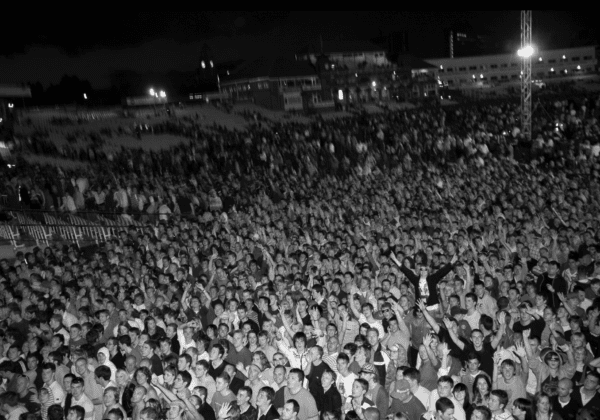
It is true that the music industry has changed greatly from the days of showing up with a camera after a show, however. Social media is, after all, how Kelly discovered artists like Akemi Fox and Anthony Szmierek. “I don’t know if there will be a big band like The 1975 or Arctic Monkeys for a while. I think Anthony and Akemi are a good example of that; they fill a micro-niche, doing something that just they can do. I think that’s better.”
Kelly was drawn to Fox and Szmierek when The Kimpton asked him to hold his A Time and Place exhibition there. “I didn’t want it to be a nostalgia fest,” he told me. “I wanted to celebrate some newer artists. Of course, there’s the Amy Winehouse picture, but that’s a time in my life. I wanted to talk about the place that we’re in now. People might come here to see Amy Winehouse and leave knowing about Akemi and Anthony. Manchester has an amazing past, but it’s important to focus on its future too.”
Kelly hasn’t just photographed musicians though; he’s photographed icons like John Hurt and Christopher Lee. “John Hurt was just one of the nicest people I’ve met. I don’t get starstruck but I love his films. I remember watching The Naked Civil Servant on ITV, where he played Quentin Crisp. When I photographed him, he turned up without an entourage. I could have sat there all day talking to him. He was a dream to work with, one of the best.”
Christopher Lee was, of course, a very different actor to Hurt. “He was almost regal,” Kelly says, “everyone remembers Lord of the Rings, but he did a heavy metal album and had a history with Ian Fleming. He was quite old when I photographed him. We shot him for a metal magazine and I remember he was imposingly tall. We were all just left there thinking…wow. More than just a celebrity, he was just an interesting person.”
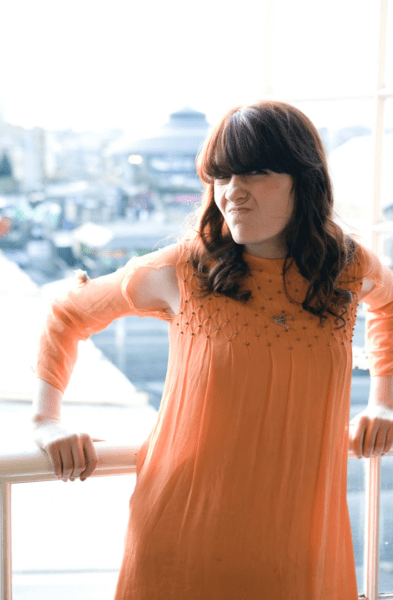
On the topic of young photographers starting out, he says “It’s difficult to start now. It’s always been difficult. The one thing I’d say is that you should do it for yourself. Don’t seek out famous bands, photograph bands that you like. Just photograph your mates.” I mentioned the similarity between his and Margaret Atwood’s advice on starting out. As it turned out, Kelly is an Atwood fan. “I love The Edible Woman! It’s just incredible.”
When I asked about how photography has changed, Kelly responded, “Looking back [when I started], I don’t remember working with many people of colour in the photography industry. Thankfully that’s changing. Photography isn’t as straight and white as it used to be, which is great to see. There weren’t many female photographers either, but now so many of my favourite photographers are women. I think the industry is changing in a good way.”
2You can find more of Kelly’s work on his website and be sure not to miss his exhibition A Time and Place at the Kimpton this summer.
